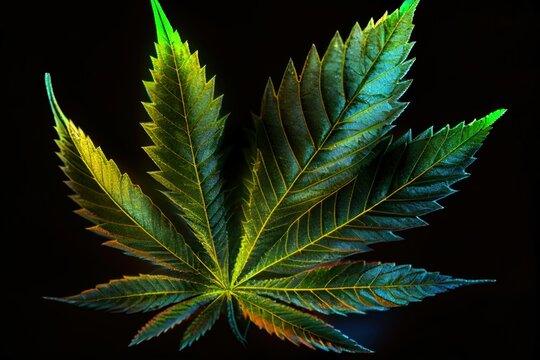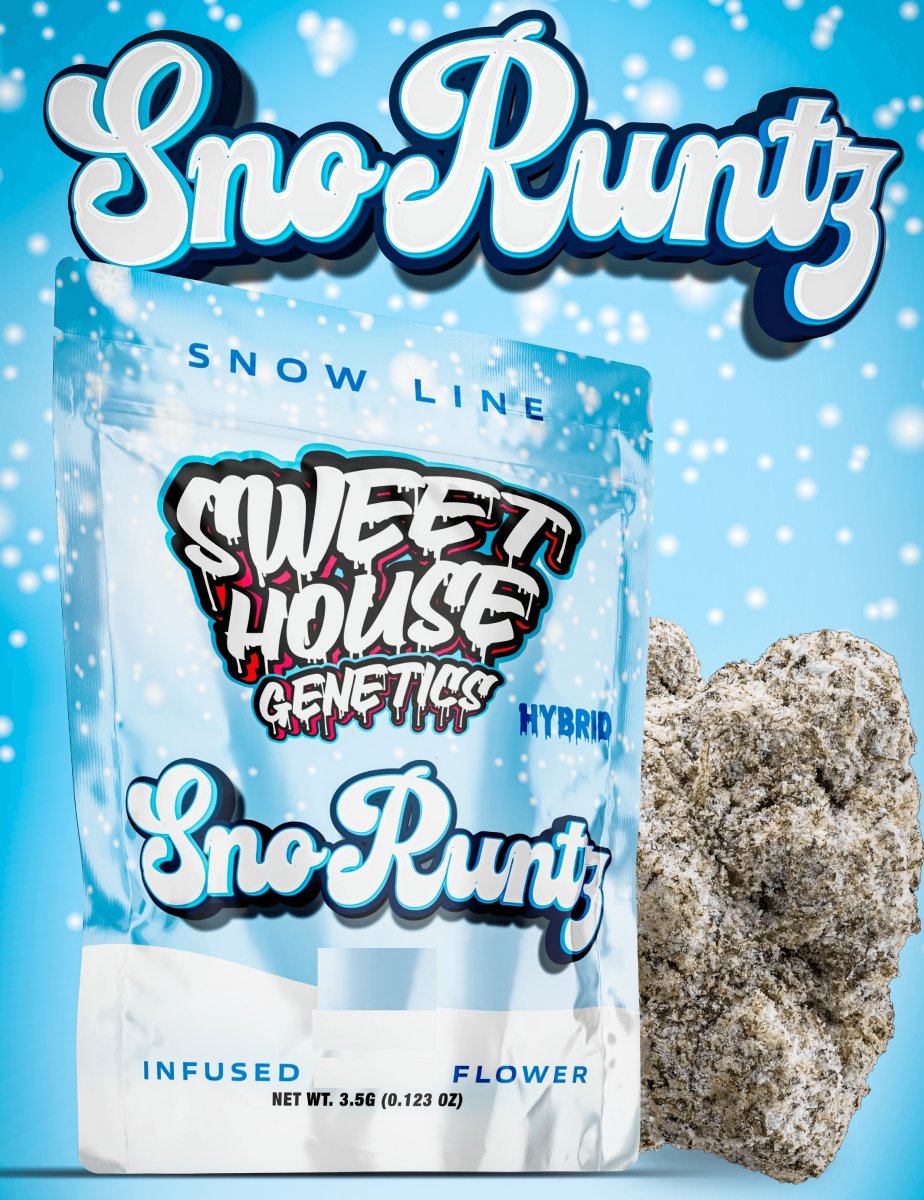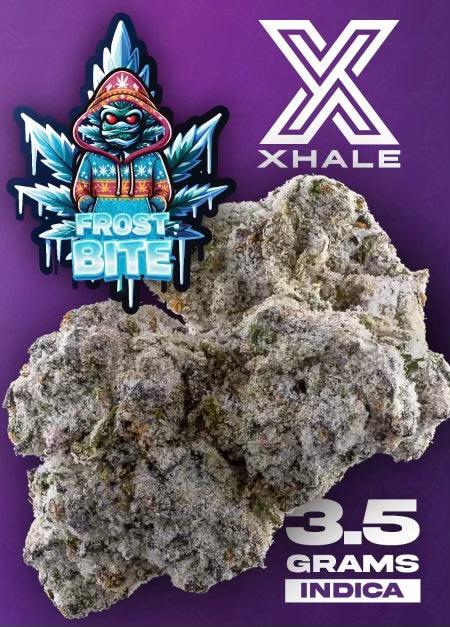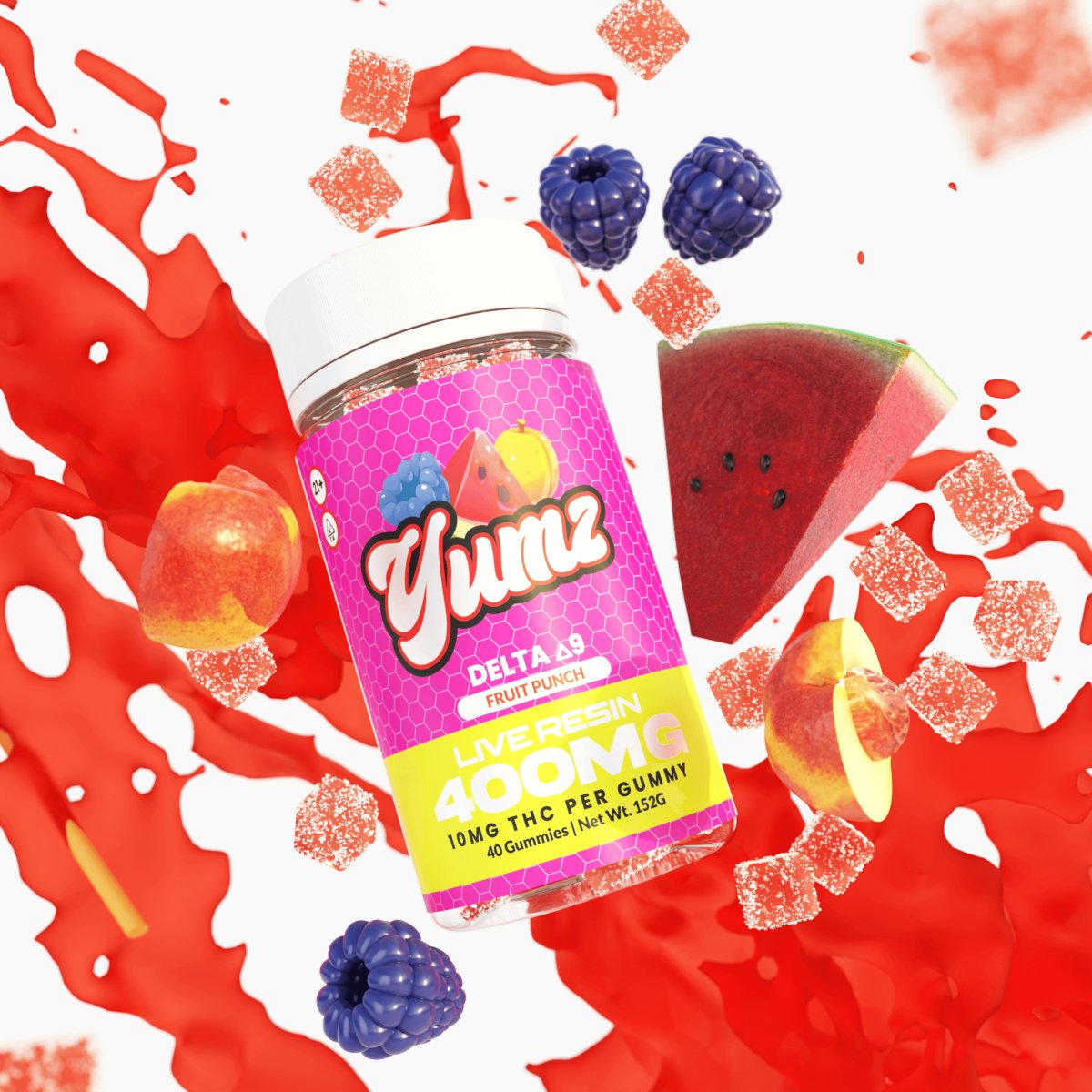
THC-A: A Non-Psychoactive Compound in the Cannabis World
Introduction
Within the vast landscape of cannabinoids, THC-A (Tetrahydrocannabinolic Acid) is carving out a unique space for itself. As the non-psychoactive precursor to THC (Tetrahydrocannabinol), this compound provides an intriguing look into the complexities of cannabis. Let's delve into what THC-A is, how it's produced, and its unique characteristics.
Understanding THC-A
The cannabis Sativa plant, the source of both marijuana and hemp, harbors over 100 different cannabinoid compounds. While THC and CBD often steal the spotlight, the unsung hero THC-A is starting to gain well-deserved attention.
THC-A is abundant in raw and live cannabis. It undergoes transformation into the well-known, psychoactive THC through a process called decarboxylation, generally achieved via heat. Without decarboxylation, THC-A remains a non-psychoactive compound, making it quite unique in the world of cannabis.
**The Journey from THC-A to THC**
THC-A's transformation to THC is a fascinating process. It happens when heat is applied to the compound, typically when cannabis is smoked, vaporized, or cooked. This process of losing its carboxyl group (hence "decarboxylation") changes the molecular structure of THC-A, rendering it into the psychoactive THC.
This transformation is a crucial aspect of understanding why eating raw cannabis doesn't produce the same effects as consuming it in cooked or smoked form. It's also why many methods of cannabis consumption involve some form of heating process, aiming to activate the psychoactive components and maximize the impact.
**Experiencing THC-A**
Because heat transforms THC-A into THC, consuming raw cannabis is the most direct method of experiencing this compound. Incorporating raw cannabis leaves into a diet by juicing them or using them in salads is a common practice among enthusiasts. Cannabis-infused oils and tinctures can also provide a means to experience THC-A in a more concentrated form.
**The Future of THC-A**
Research into THC-A, like many aspects of cannabis science, is ongoing. While we await the results of scientific investigations, the intriguing nature of THC-A continues to pique curiosity and drive a better understanding of this unique compound. Its role as a non-psychoactive precursor to THC, and its presence in raw cannabis, makes it a fascinating subject in the ever-evolving world of cannabis.
**Conclusion**
THC-A, standing tall in the shadows of its more popular counterparts THC and CBD, offers a unique perspective on the world of cannabinoids. Its intriguing properties and transformation process add an extra layer of complexity to our understanding of cannabis. As we continue to explore the cannabis world, compounds like THC-A remind us of the depth and breadth that remain to be discovered.
Disclaimer: This article is intended for informational purposes only and does not promote any health benefits or uses of THC-A.**



